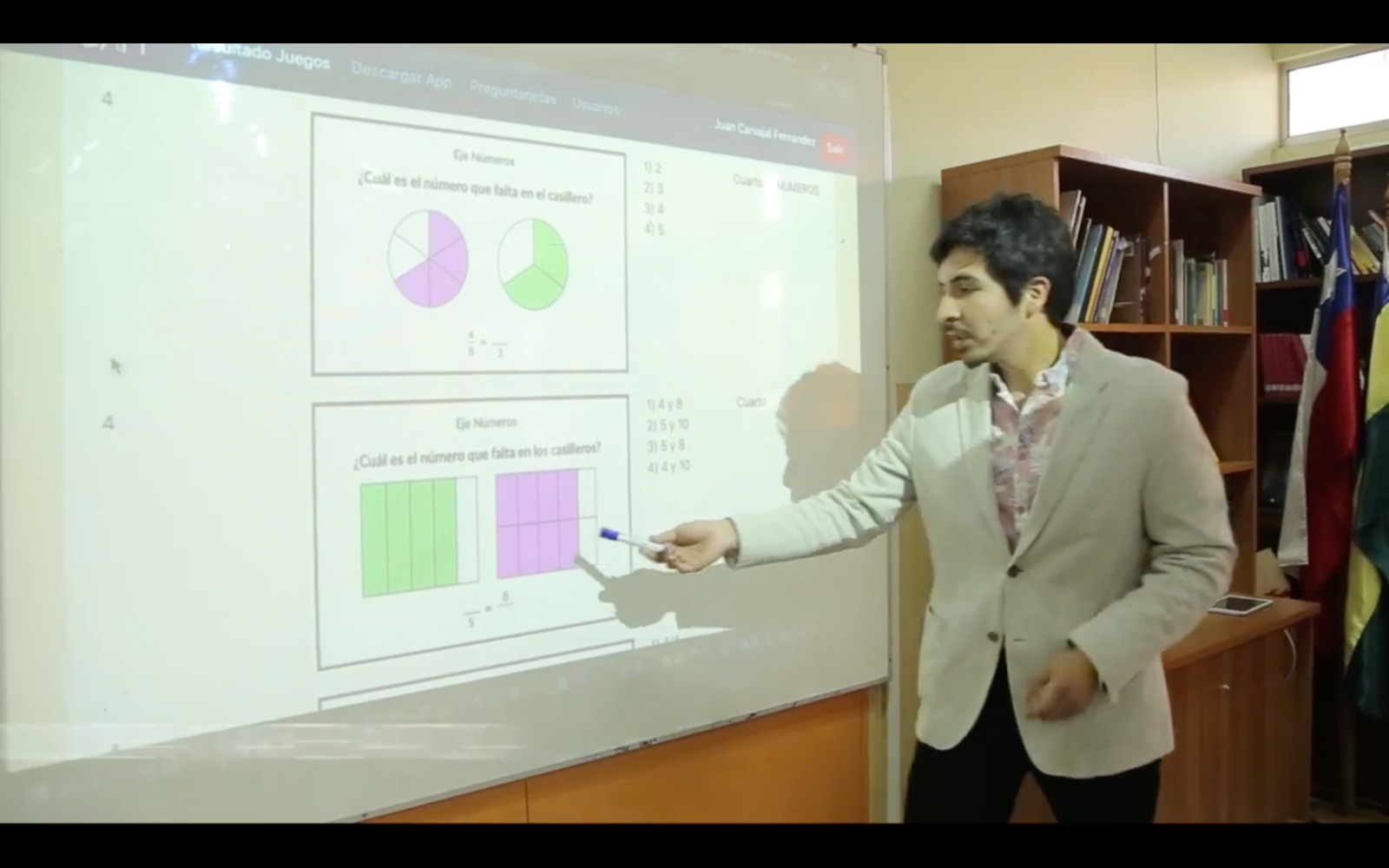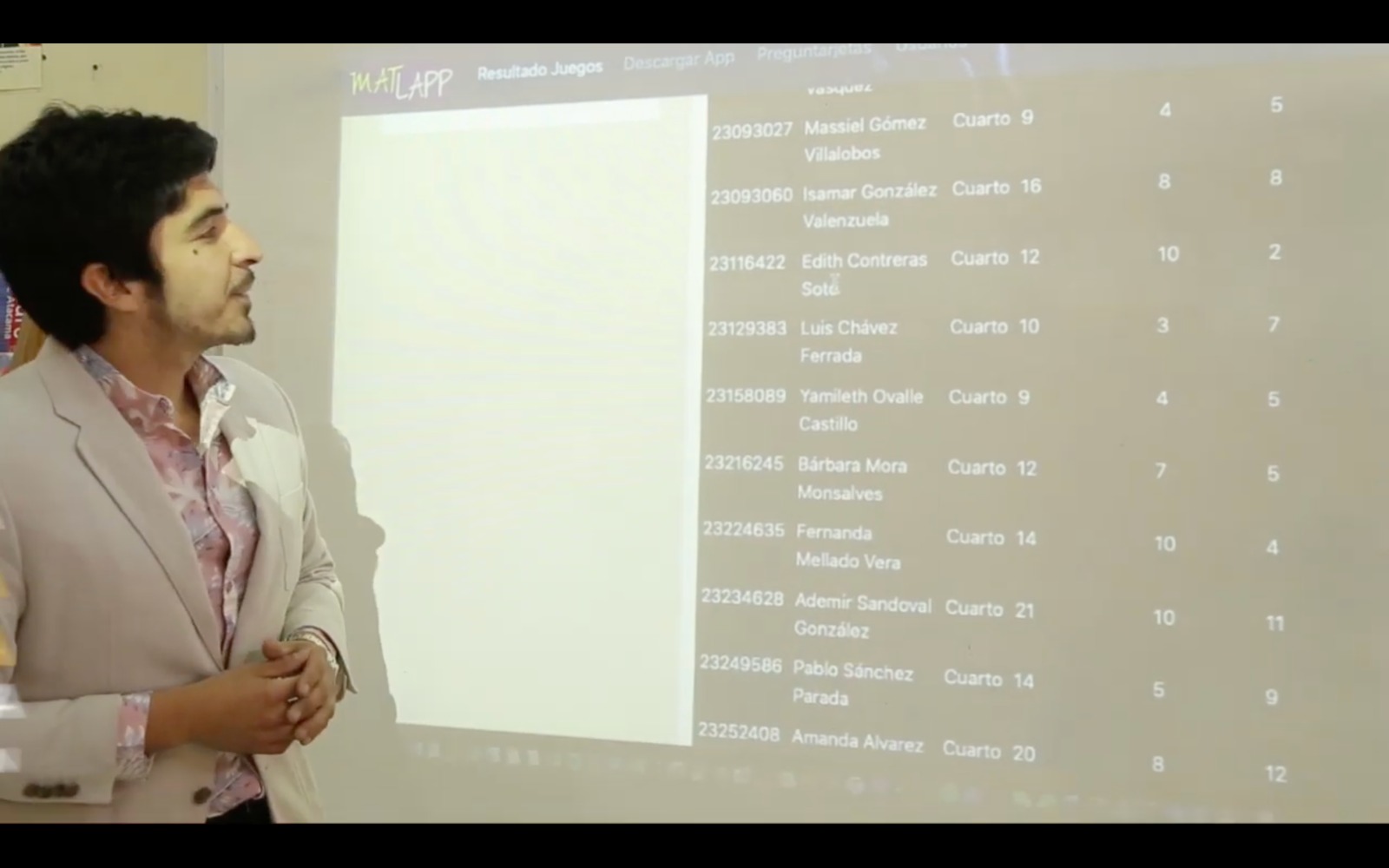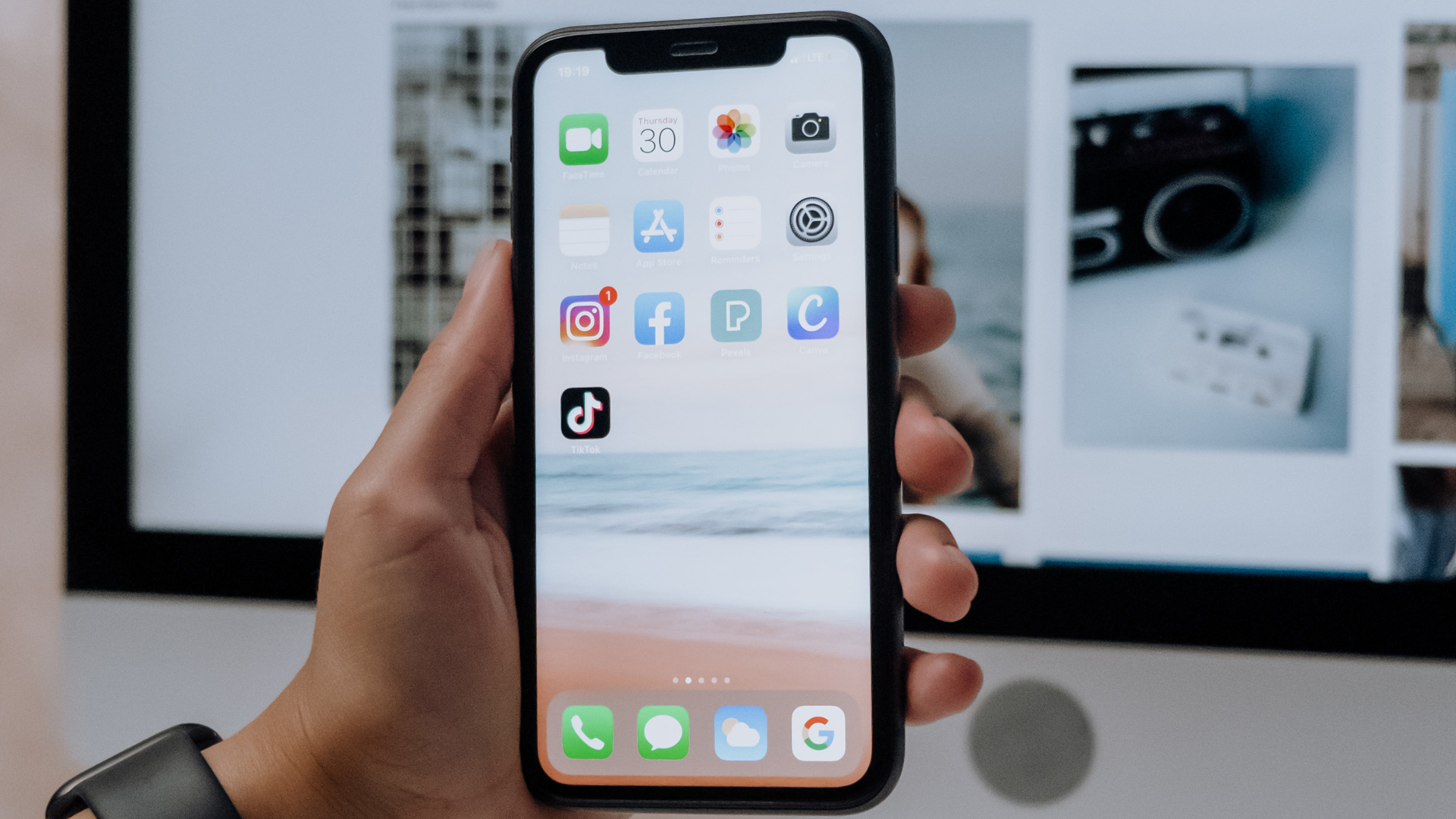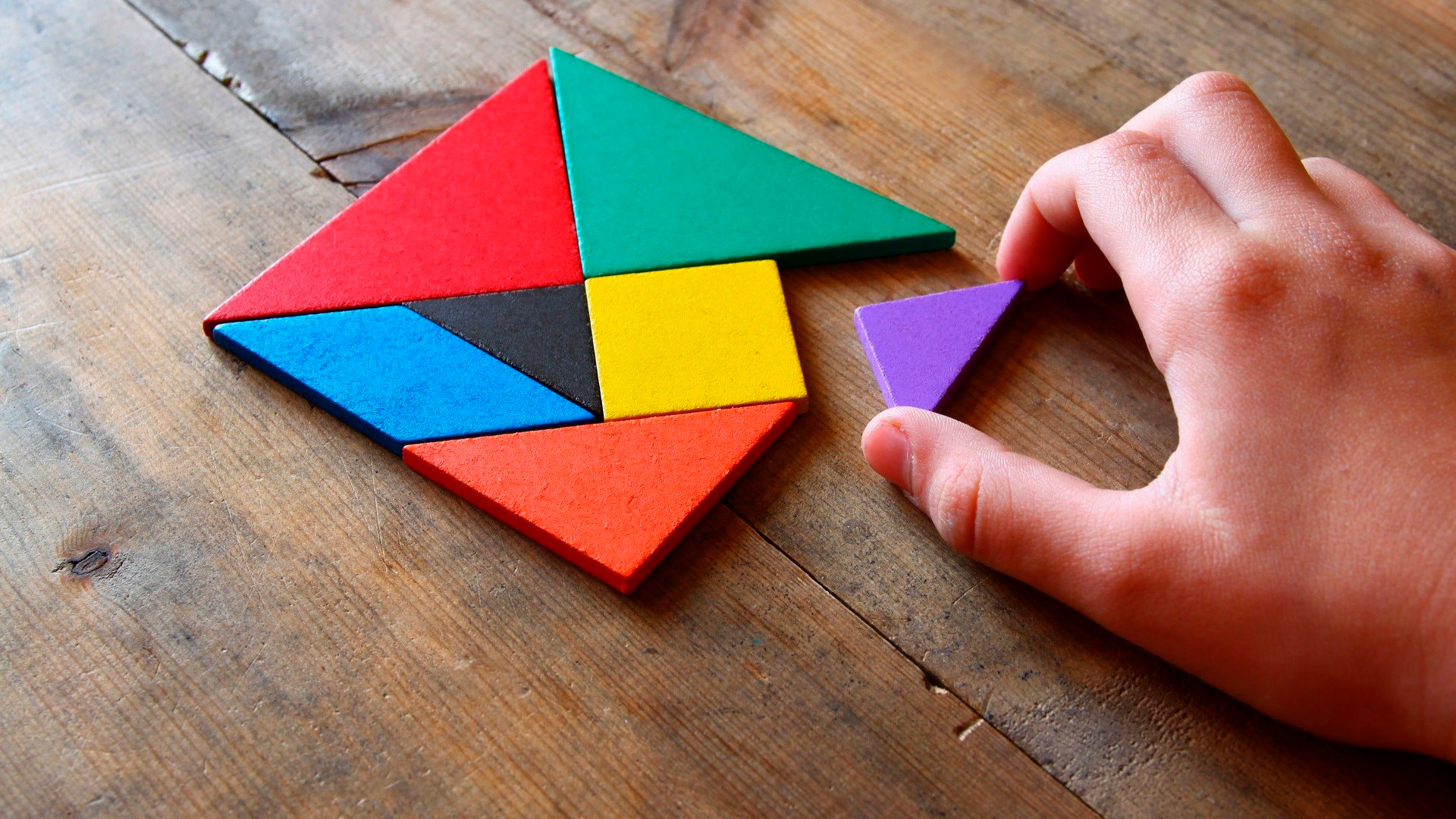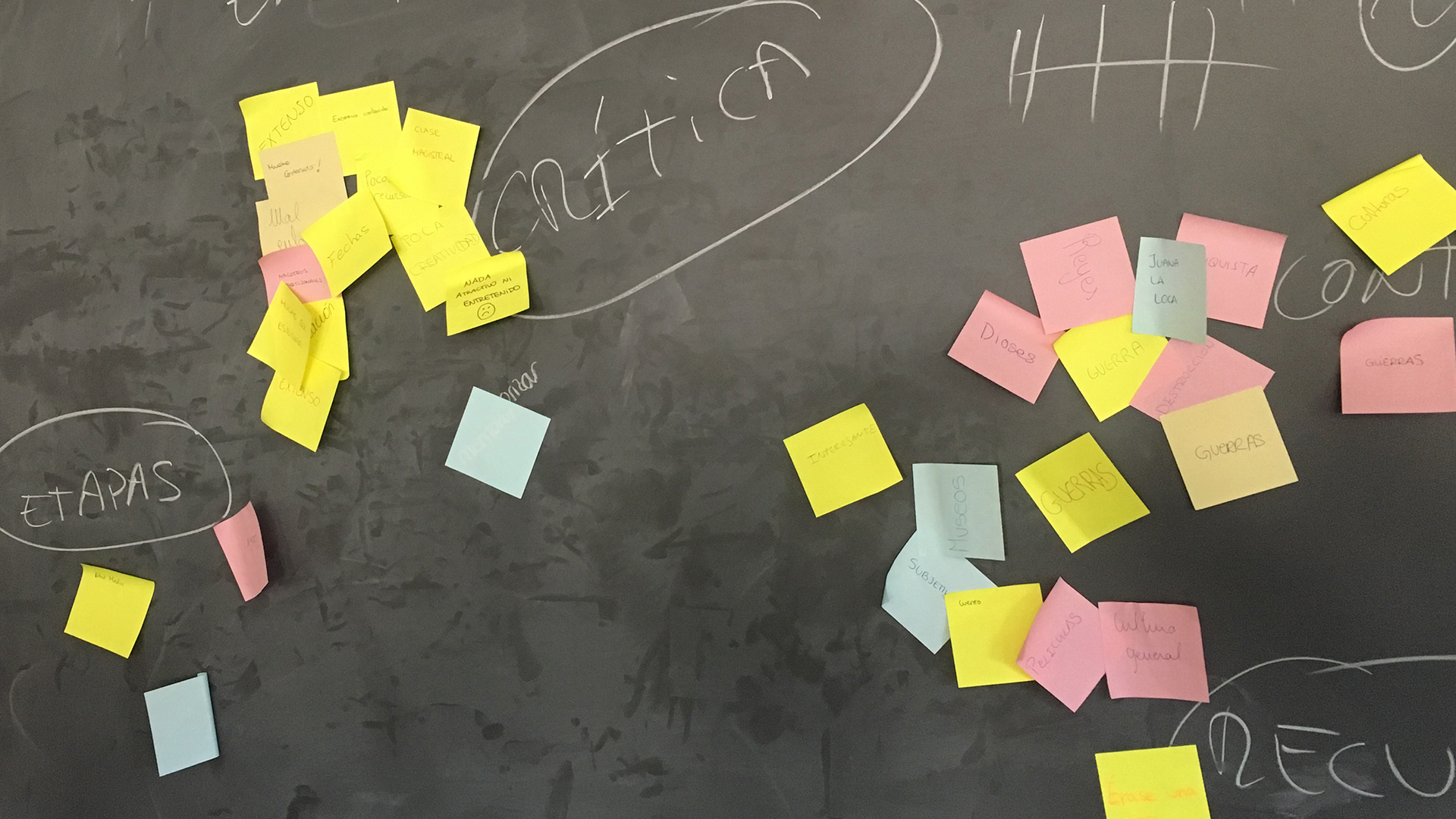Mobile learning
Classroom Experience
Learning Maths with Matlapp
Artistic School Villa Las Peñas, Mulchén, Chile. Show map
Mathematics curricular contents (geometry, algebra, operations and patterns) are taught through physical and digital games with school mobile devices, enabling students to advance in the game from their homes and to play with both classmates and family through a personal ID.

Context
As a result of identifying the students' difficulties in learning the subject, there was a need to reformulate the proposals on math contents.
Besides, although in Chile there is some resistance to incorporating digital technologies, the school supports and encourages these technologies in the teaching-learning processes.
Highlights...
They started off with concrete material and then shifted to digital materials.
The activities were carried out at the school Library and at the student's homes.
A network of teachers, together with their groups of students, developed the project according to the level and curricular contents.
Since the school is open to ICT innovation, it intends to incorporate devices to access platforms and apps as educational resources.
Objectives
Didactic sequence
1
![]()
Starting point: Ludo Board
Students started playing with question cards that were part of their course curricular contents (fourth grade primary) and they would advance in the physical board according to how they answered.
2
![]()
Matlapp
They continued playing with the physical board, but now with digital question cards. They could continue investigating at home the questions they didn't know.
3
![]()
Co-design
Students incorporated new questions that weren't predetermined to the game, and in this way they enriched the proposal with an active attitude.
Assessment and conclusions
Successes
Students' attention, motivation, concentration and enjoyment for the subject were improved.
Grades and averages got higher. Curricular contents that are traditionally more resisted by students were incorporated creatively, smoothly and autonomously.
There was collaborative as well as networked learning; students would advance in the game at home with their families and at school with their teams of diverse classmates.
Things to improve
Incorporate questions in the platform that address students' own learning process.
Each student's path was assessed on the web platform. Instead of grading them, the teacher spotted those who faced more complex or difficult contents and then reformulated the proposal.

Take this experience to your classroom!
Tips to adapt the experience to your classroom
1
Share devices
Not all students have devices. Therefore, it is advisable to use and share the ones owned by some students with the rest of the team. It is important to agree on rules of use in the classroom.
2
Widen the topics
This project can be applied with the same methodology but with contents from other subjects.
Links
Technical links

